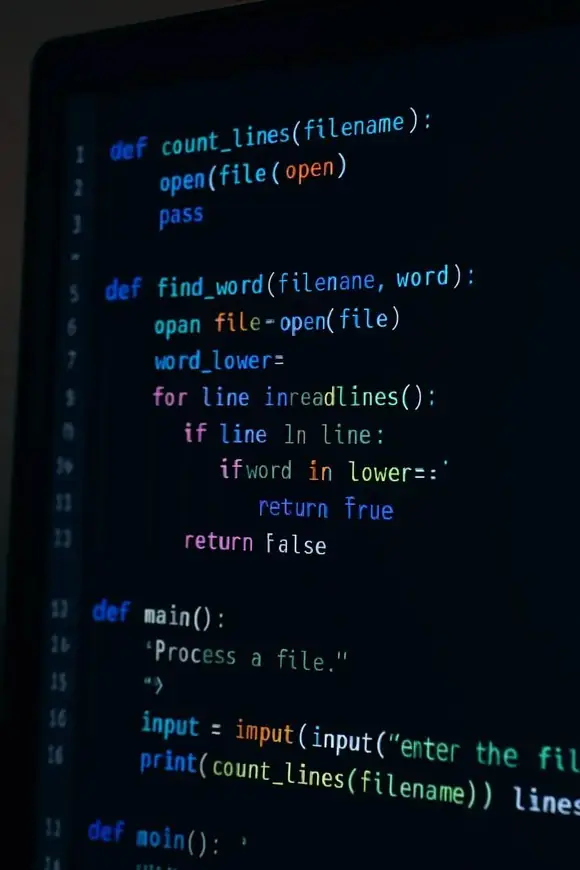In many software projects, you don’t start with a clean slate. There are systems in production, active databases, embedded workflows, and technical decisions made years ago under different constraints. That inheritance becomes your starting point, whether you like it or not. What once was a smart solution may now feel outdated, hard to scale, or expensive to maintain. Still, reducing the conversation to “this needs to go” is often a costly oversimplification.
We tend to call this inheritance “legacy.” And while the term has a negative ring to it, the real issue is usually not the system itself—it’s how it’s perceived. Some teams see legacy systems as blockers. Others ignore them entirely. But in many cases, they contain validated business logic, hard-earned operational stability, or valuable historical data. Whether it feels like a burden or an asset often depends less on the system and more on how it’s evaluated.
Legacy systems carry history, trade-offs, and lessons. Some were built with limited resources. Others were patched over time to keep up with the business. Some are brittle, others resilient in surprising ways. What matters isn’t how old a system is—it’s whether it still delivers value. You’ll often find tools that look outdated on the surface but still perform well. At the same time, there are systems that no one questions simply because they’ve always been there. The risk in both cases is assuming too much: that old means bad, or that new means better.
The real risk is deciding without understanding. That’s where thoughtful evaluation makes a difference—going beyond gut feelings or surface impressions to ask what the system really does and what role it still plays.
When dealing with legacy systems, there are generally three paths to consider—each with its own logic and context.
Refactoring might make sense when the core functionality is sound, but parts of the code need cleanup, modernization, better performance, or improved security. It’s a way of keeping what works while making it easier to maintain and evolve.
Replacing could be a better option when maintaining the system takes more energy than rebuilding it—when technical debt outweighs value, or when the architecture no longer supports business needs. But replacement comes with its own risks: losing stability, knowledge, or momentum.
Integration may be the right choice when the system still delivers value, but needs to connect with new tools, platforms, or user experiences. Rather than rebuilding, you extend its capabilities through APIs or service layers.
Each path has costs—some visible, others not. Rather than chase a single “correct” answer, it’s more helpful to build clear criteria that reflect both technical realities and strategic goals.


A solid assessment doesn’t just look at lines of code. It looks at how the system performs today, how essential it is to daily operations, how much debt it carries, and how adaptable it is to change.
Making a decision means linking that analysis to where the business is heading: What’s needed now? What might evolve next? How does each choice affect risk, timing, and team capacity? And sometimes, choosing to leave things as-is is still a decision—with its own consequences. It’s not about finding a perfect plan, but about defining an informed and realistic one.
Often, the best approach isn’t one path—it’s a combination: refactor some parts, integrate others, and plan to gradually retire the rest. Hybrid strategies allow for progress without sacrificing stability or overwhelming the team.
At 301, we help clients navigate these situations with both technical depth and strategic awareness. We know legacy systems don’t exist in isolation—they support real workflows, serve real users, and can’t be paused without impact. That’s why we don’t come in with a fixed answer. We explore the options together, understand the trade-offs, and recommend a path aligned with the project’s realities.
If refactoring is the right move, we break it down into manageable phases. If replacement is necessary, we help reduce the disruption and design for the long term. If integration is viable, we focus on simplicity, interoperability, and future-proofing. In our view, legacy systems aren’t the core problem. What creates real risk is ignoring them, misjudging them, or postponing a decision until it’s too late.
Technology professional with over 25 years of experience in software development and technical team leadership for clients across the Americas, Europe, and Asia. Founded multiple tech ventures and led high-impact digital projects for leading brands in both corporate and startup environments. Specialized in system architecture, project management, and scalable digital solutions. Combines strategic vision, user experience focus, and technical execution to turn complex ideas into robust, sustainable products.
